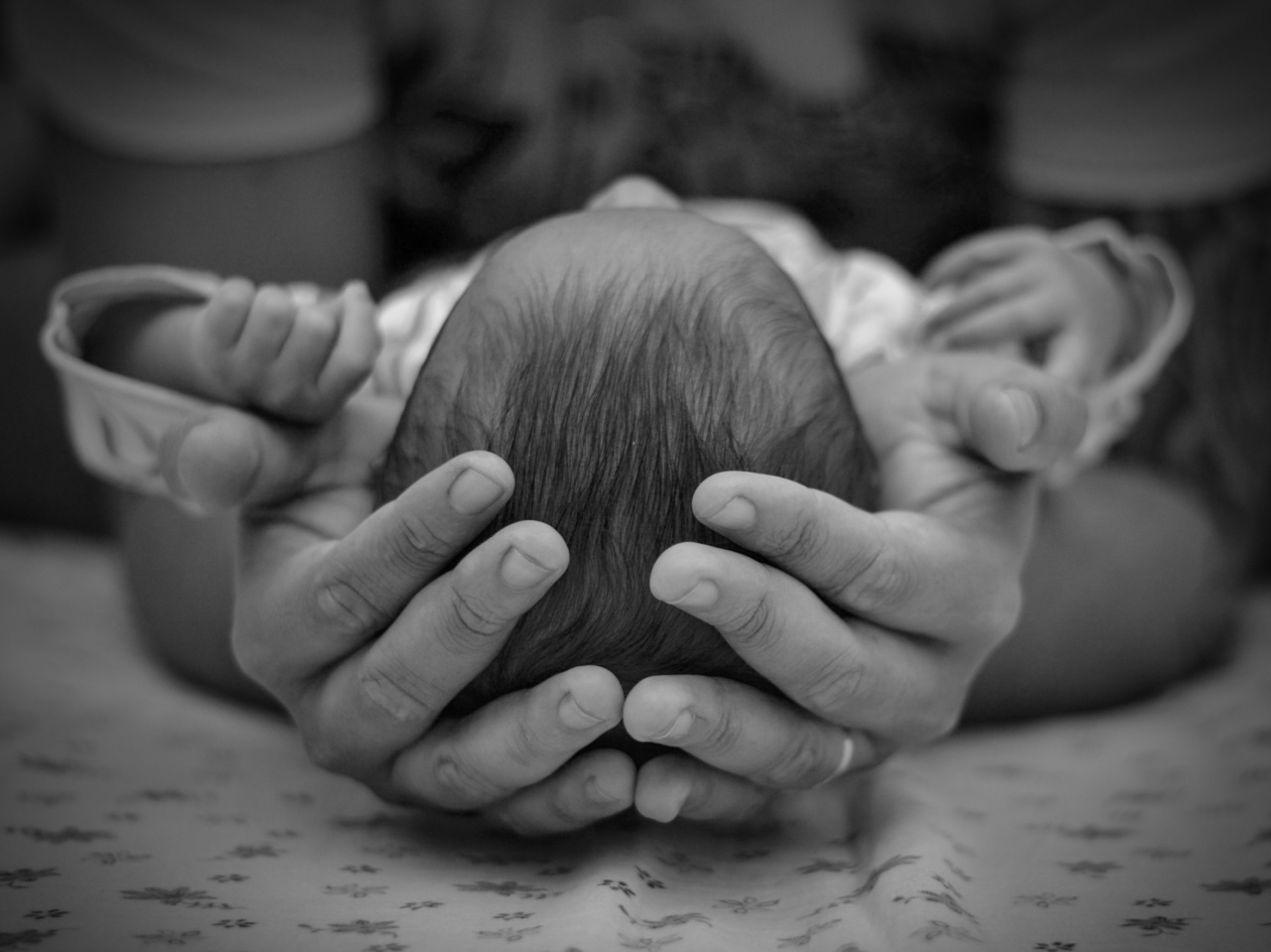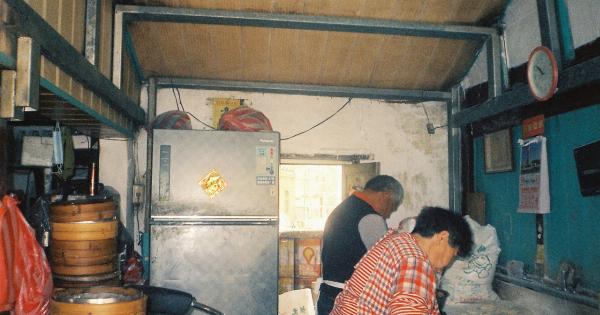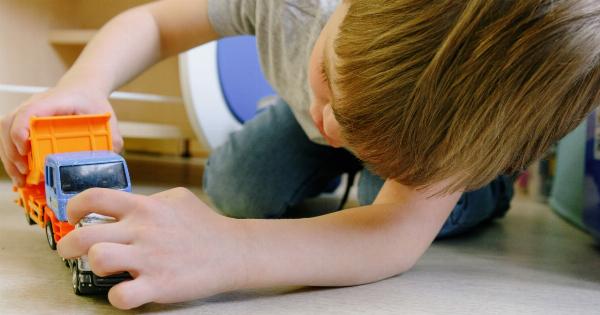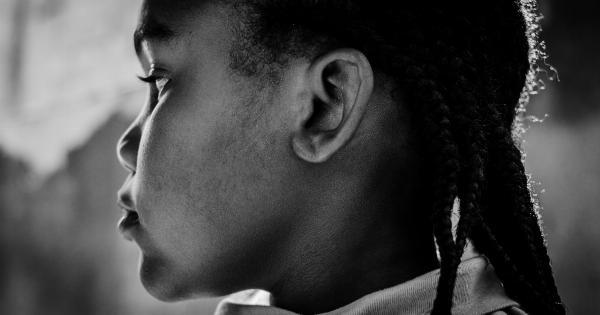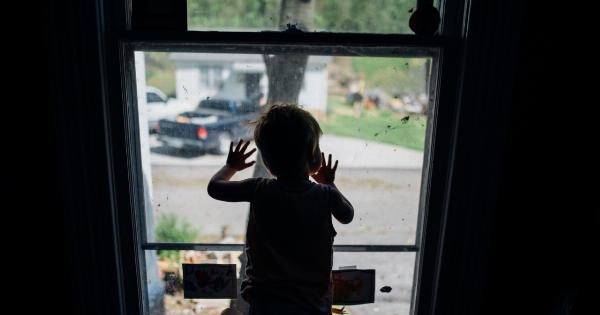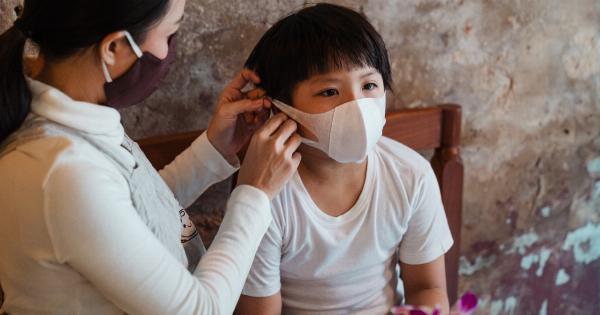Head injuries are not uncommon among children, and as parents or caregivers, it is essential to understand the importance of prompt and appropriate treatment. Even seemingly minor head injuries can have lasting effects if not managed correctly.
This article aims to provide updated instructions for treating child head injuries effectively.
1. Assessing the Severity of the Head Injury
The first step in treating a child with a head injury is assessing the severity. Some key signs may indicate a more serious condition, such as:.
- Loss of consciousness
- Seizures or convulsions
- Severe headache
- Repeated vomiting
- Difficulty walking or talking
- Abnormal eye movements
If any of these symptoms are present, it is crucial to seek immediate medical attention.
2. Managing Minor Head Injuries at Home
For minor head injuries that don’t present any of the severe symptoms mentioned earlier, you can manage them at home by following these steps:.
3. Stay Calm and Comfort the Child
It is important to remain calm and reassure the child. Children often look to adults for guidance in challenging situations. By maintaining a calm demeanor, you can help alleviate their anxiety and make the situation less frightening for them.
4. Apply Ice or Cold Compress
To reduce swelling and inflammation, apply an ice pack or a cold compress wrapped in a cloth to the affected area. Ensure that the pack is not in direct contact with the skin to avoid frostbite.
Apply it for 15 minutes every hour for the first few hours after the injury.
5. Monitor the Child’s Condition
After a head injury, it is essential to keep an eye on the child’s condition. Look for any changes in behavior or symptoms worsening over time. If anything appears concerning, seek medical attention promptly.
6. Encourage Rest and Limit Physical Activity
To aid the healing process, it is crucial to encourage the child to rest and avoid engaging in any physically demanding activities.
Limiting activities that could lead to further injury is necessary, especially in the first 24 to 48 hours after the incident.
7. Pain Management
If the child experiences mild to moderate pain following a head injury, over-the-counter pain medications like acetaminophen or ibuprofen can be administered.
However, it is important to follow the recommended dosage based on the child’s age and weight, and consult a healthcare professional if uncertain.
8. Watch for Signs of Concussion
Concussions are a common type of head injury and should be closely monitored. Some signs and symptoms of a concussion in children include:.
- Headache or pressure in the head
- Nausea or vomiting
- Dizziness or balance problems
- Fatigue or drowsiness
- Changes in sleep patterns
- Difficulty concentrating or remembering
If any of these symptoms appear or worsen, it is essential to consult a healthcare professional for further evaluation.
9. When to Seek Medical Attention
While many minor head injuries can be managed at home, certain situations require immediate medical attention. You should seek medical help if:.
- The child loses consciousness, even if only briefly
- The injury results in persistent or worsening symptoms
- Uncontrolled bleeding occurs
- A visible depression or fracture is present on the skull
- The child exhibits abnormal behavior or confusion
Never hesitate to seek medical attention if you are unsure or concerned about the severity of the injury.
10. Promoting Prevention for Future Head Injuries
While accidents can happen, there are measures you can take to reduce the risk of head injuries in children:.
- Ensure proper child-proofing of the home to prevent falls
- Promote the use of appropriate safety equipment during physical activities
- Encourage the use of seat belts and age-appropriate car seats while traveling
- Supervise children during playtime, especially around objects or areas with potential dangers
- Educate children about the importance of engaging in safe behaviors
By taking preventative measures, you can significantly reduce the likelihood of future head injuries.
